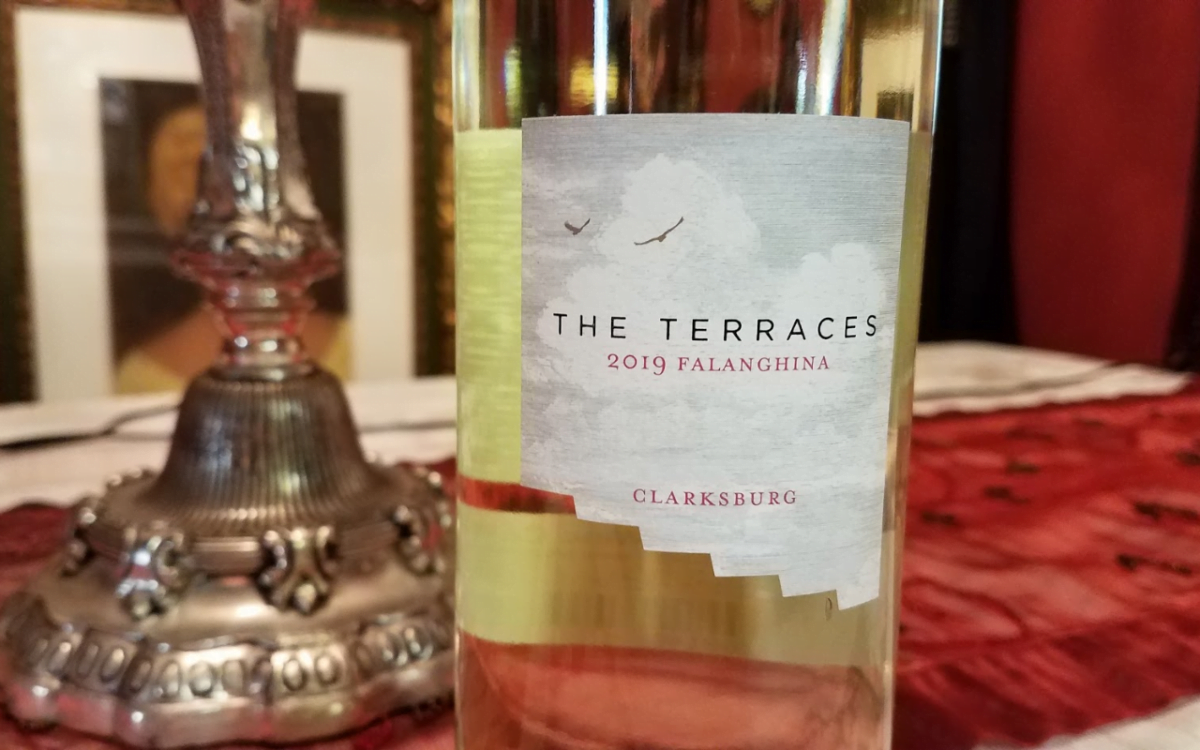Italian Californian Americans…
From pizza to wine, Italians have left an indelible mark on California, but it’s the latter that has earned them a spot in the history books
Italians have had a significant impact on California, not just through Domino’s Pizza, but also in the wine industry. Italian vines were first planted on the West Coast, just after the Gold Rush in the mid-1800s. Their viticultural knowledge, along with their native grapes, greatly influenced the American wine industry. Red grapes, such as the most notable Sangiovese, Primitivo (also known as Zinfandel), Barbera, and, to a lesser extent, Nebbiolo, have been planted, as well as white grapes such as Garganega and Verdicchio, including Fiano. These Italian varieties are so impressionable that famous Californian/Italian producers, such as Mondavi, Gallo, Rochioli, Martinelli, Sebastiani, Foppiano, Seghesio, and many others, were influential in what is known today as the “Cal-Ital Movement.
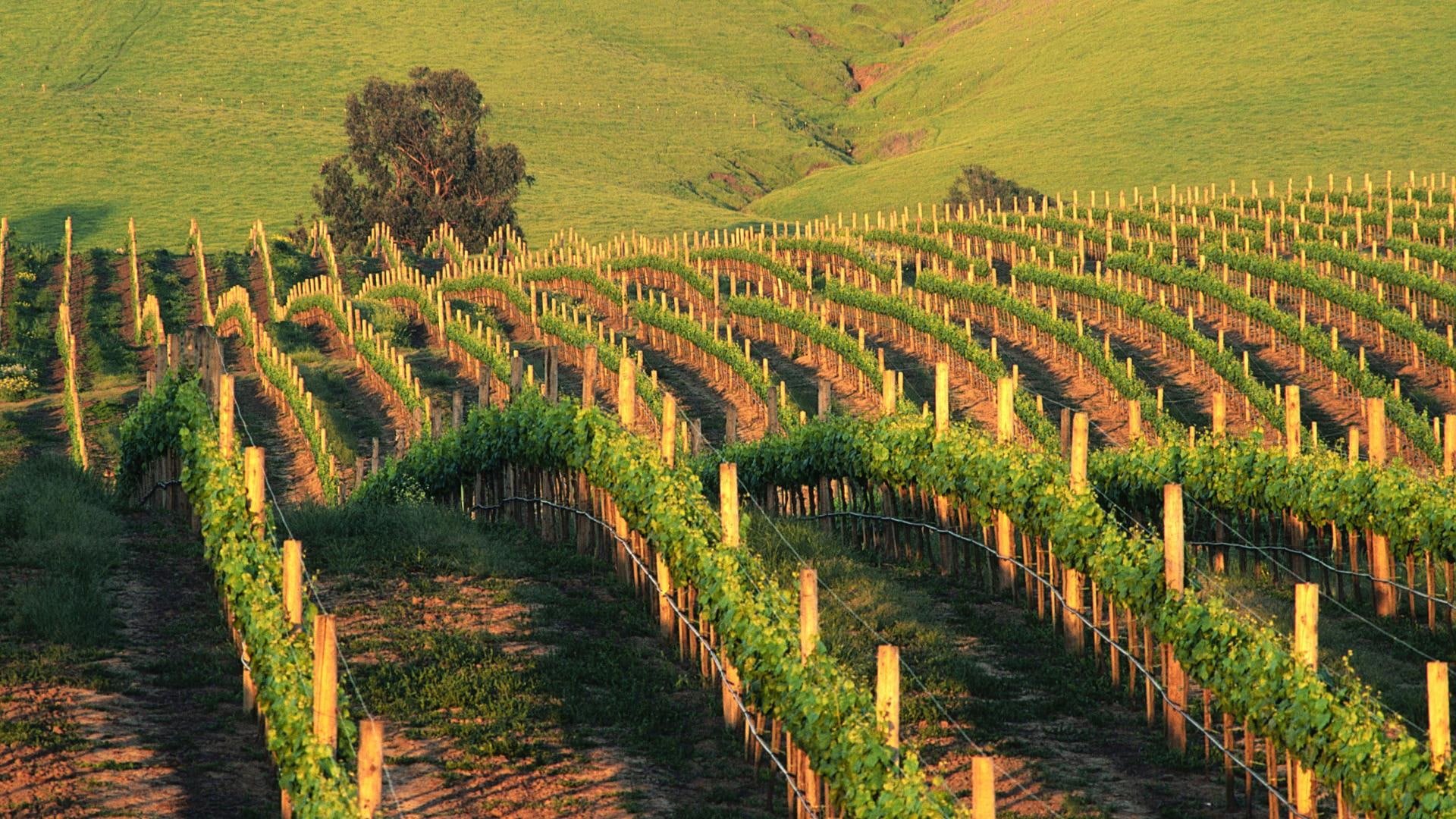
Ancient Terraces
Cal-Ital “Sideways” Effect
In the 1980s, the California wine industry was on the hunt for the next big thing, something to follow in the footsteps of Cabernet Sauvignon and Chardonnay, which had already established themselves as leading players on the global wine scene. Enter the Cal-Ital movement, which took root in the fertile soil of California’s Mediterranean climate. This was a time of bold experimentation and a willingness to take risks, and vintners across the state were eager to try their hand at growing the grapes that had made Italy famous for centuries. With Sangiovese, Nebbiolo, Barbera, and Dolcetto leading the charge alongside the mighty Zinfandel, the Cal-Ital movement seemed poised for greatness.
These esteemed vintners were driven by their vision and hastily planted a diverse range of Italian grape varieties, including Sangiovese, Nebbiolo, Barbera, Dolcetto, and the mighty Zinfandel that reigns supreme in the world of Cal-Ital wines. Despite their ambitious efforts, the Cal-Ital movement failed to gain traction in those years. I believe this was due to the overwhelming dominance of Cabernet Sauvignon and Chardonnay, which left little room for other varieties to thrive. By the early 2000s, Italian wines had become increasingly challenging to sell, while French varieties, particularly Rhone GCM blends, continued to soar in popularity. As they say, familiarity breeds comfort, and the advantages of sticking with what is already popular are hard to ignore. But then, in a move reminiscent of a classic Western, the Rhône Rangers rode in on horseback, heralding a new French movement that captured the hearts and palates of wine drinkers everywhere. Even an Italian Grandmother couldn’t have helped the Cal-Ital cause overcome the popularity of their French counterparts. Many of the Italian vines were uprooted and cast aside, but those who remain steadfast in their Cal-Ital mission continue to persevere and produce exceptional wines that showcase the unique characteristics of Italian grape varieties in California’s terroir.
The Renaissance Of Falanghina (Fah-Lahn-Geeh-Nah)
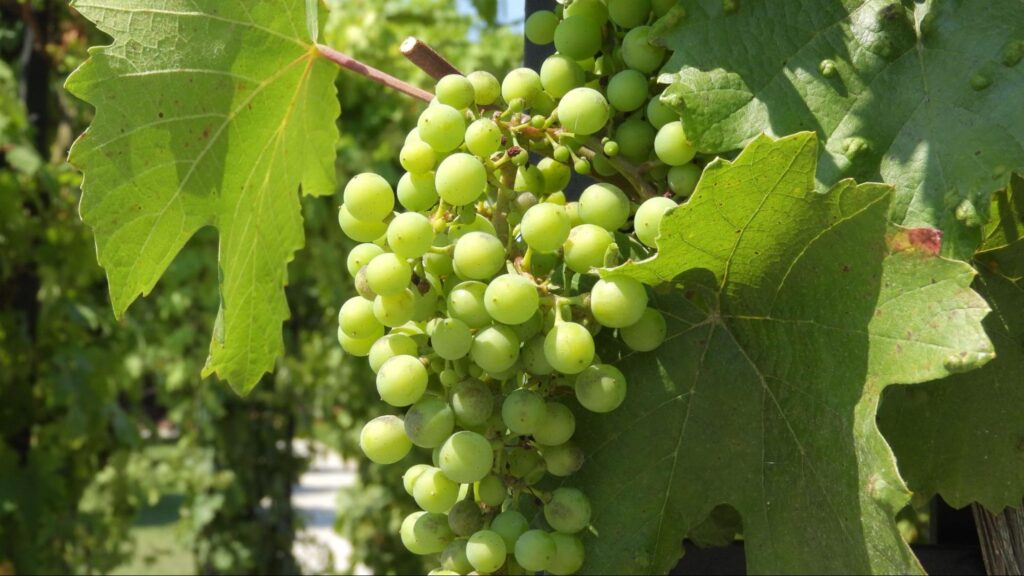
The Renaissance Of Falanghina
Falanghina is a native white grape variety of Italy, also known as Falanghina Greco. Its origin can be traced back to the Campania region of Italy, specifically the area around Naples, with Avellino and Benevento as its spiritual micro-regions. This ancient grape variety may have provided the foundation for the classical Falernian Wine, a famous wine from the ancient Roman civilization. Falernian Wine was considered a symbol of royalty and was consumed by rulers just before embarking on voyages to conquer other regions.
The name “Falanghina” comes from the Latin noun “Falangae,” which refers to the stakes used to support grape vines as the vines used to grow wild. I would like to pay tribute to the man who not only revived native Italian grapes in their own country but also in California, Senior Angelo Mastroberadino. He is the true inspiration for every producer growing popular Italian grapes and reviving ancient ones in America, such as Falanghina. I believe the movement that he started deserves an appropriate and respectful title, which I propose to be “The Mastro Movement”.

Clarksburg
When you think of California wine regions, you might conjure up images of Napa Valley, Sonoma, or even Paso Robles. But what about Clarksburg? This small AVA tucked away in the Sacramento Valley might not be as well-known, but that’s exactly what makes it so intriguing. And what’s even more unexpected is that the Terraces, a producer in this region, decided to plant an ancient Italian grape – talk about a curveball! But hey, they must know what they’re doing. With the cool breezes from San Francisco Bay and unique soil composition, the Terraces can produce wines that are both fragrant and fruity. And while other vintners might outsource their production, the Terraces take pride in farming their land. So, if you’re looking to venture off the beaten path and try something new, give Clarksburg a chance – who knows, you might just find your new favorite Italian varietal.
The Terraces Falanghina 2019 Clarksburg
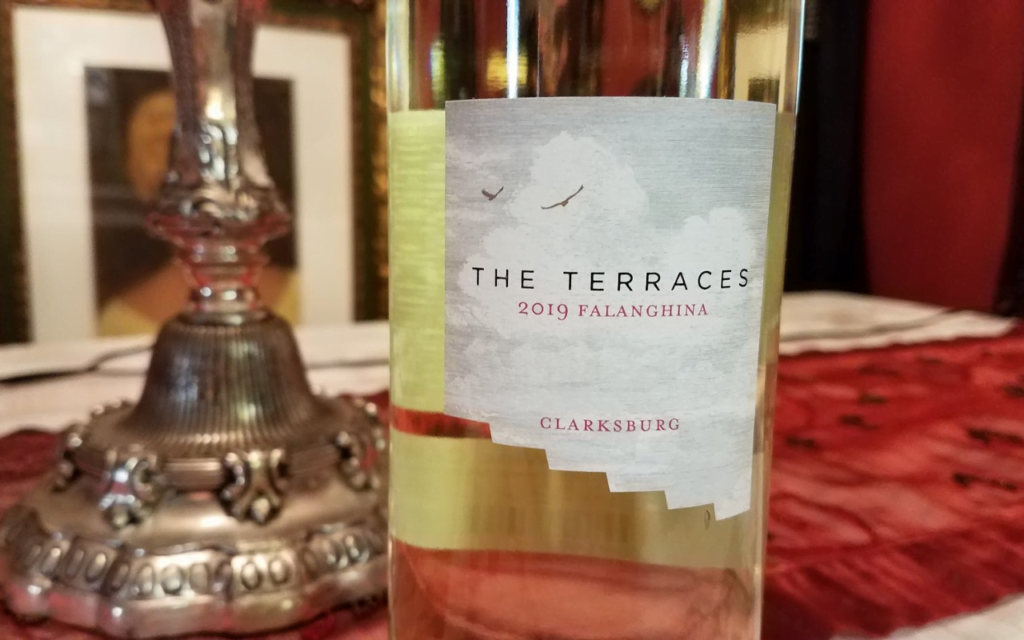
THE TERRACES FALANGHINA 2019 CLARKSBURG
The Terraces is more than just a winery; it’s a legacy built on over a century of farming history. The land was originally known as Rancho Caymus in the 1800s, where they started producing wine. But what sets them apart is their dedication to cultivating one particular Italian grape: Zinfandel. This family-run business takes great pride in its limited production and personal touch. When you sip on a glass of Terraces Zinfandel, you’re not just drinking a wine; you’re tasting the history and tradition of a family who has been perfecting their craft for generations.
Appearance
Medium gold, with water rim medium viscosity
Nose
Medium+ intensity with notes of highly concentrated citrus orange, zesty lemon rind, candied apples, sweet basil, orange blossoms, earthy scents, of pine and wild weeds.
Palate
Dry medium acid, medium body, medium + warming alcohol, medium + body, waxy texture, medium+ intensity, with ripe citrus of mandarin oranges, bitter pink grapefruit, honey lemon yogurt, apple pie, salted candied hazelnuts, weathered stones for a long finish.
Assessment
This wine is an absolute stunner. The acidity strikes a perfect balance with the body, creating a smooth, velvety texture. The structure is solid, yet elegant, with a backbone that would make even Wonder Woman proud. The fruit flavors are spot on – not too ripe or dry – and lead to a satisfying, earthy finish that will leave you yearning for more. And if you have the patience to let it age, you’ll be rewarded with notes of orange marmalade, honey-toasted nuts, and perfumed button mushrooms that will take your taste buds on a journey you won’t soon forget.
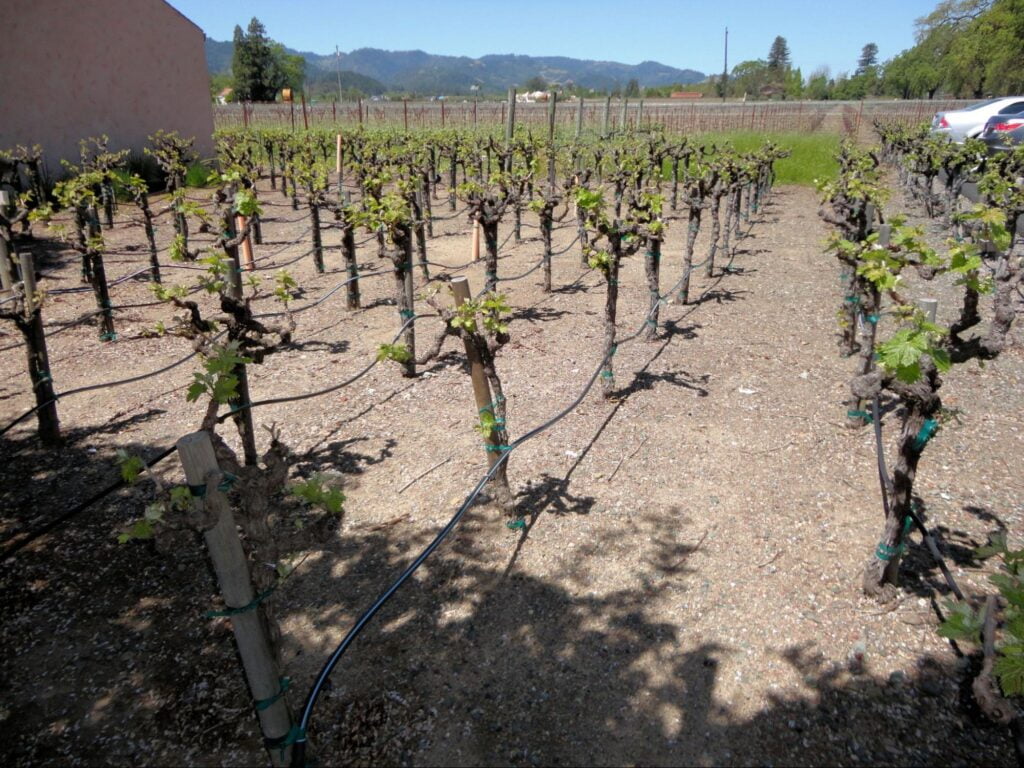
Rutherford Dust
Side Note
The Terraces is more than just a winery; it’s a legacy built on over a century of farming history. The land was originally known as Rancho Caymus in the 1800s, where they started producing wine. But what sets them apart is their dedication to cultivating one particular Italian grape: Zinfandel. This family-run business takes great pride in its limited production and personal touch. When you sip on a glass of Terraces Zinfandel, you’re not just drinking a wine; you’re tasting the history and tradition of a family who has been perfecting their craft for generations.
Ciao! I hope you enjoyed the article about Ancient Terraces For An Ancient Italian Grape
Please comment below. I Love your feedback. Thank you and remember Taste Small Live Big!
Follow me on Instagram@epicurean.angel

